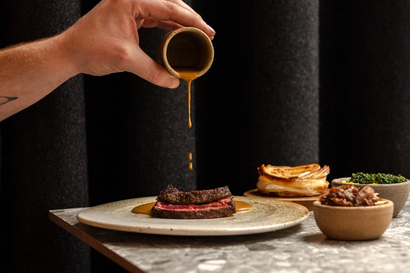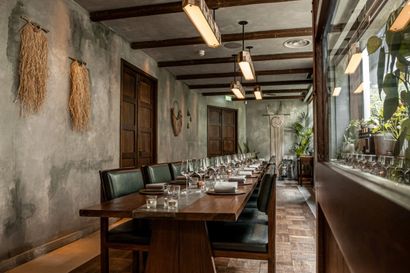Burgundy 2022: a fine vintage, but is it worth buying?
‘The whites are bright, open and attractive; the reds, meanwhile, generally show something a little more profound’
In recent years, Burgundy has firmly established itself as the darling of fine-wine collectors. The French haven of silky chardonnay and ethereal pinot noir has raced ahead of Bordeaux in terms of the prestige of its most coveted wines – and prices have followed suit.
The trend seemingly reached its apogee this time last year, with the extremely limited release of the sparse 2021 vintage. The scarcity of the wines led to further price increases, and the market finally pushed back, leading to a slight downturn – or ‘correction’, in the euphemistic term of investors. Still, though, the top Burgundy wines remain in the stratosphere and are beyond the reach of most wine lovers.
As with the most vaunted wines of its perennial rival, Bordeaux, the best chance to get hold of the top Burgundies is when they are first offered to the market, by the case, ‘en primeur’ – which is to say while the wines are still in barrel at the winery. Buyers receive the wines 18 months later, when they are bottled and shipped, the idea being that speculators secure the best price before the wines hit the shelves.
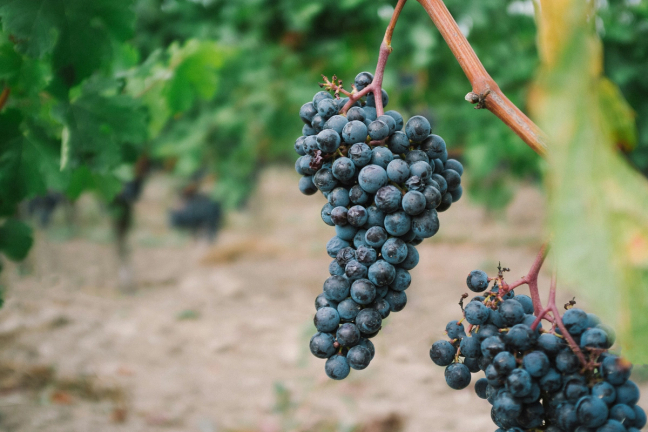
This has not necessarily been the case in recent years, particularly in Bordeaux, where a string of fine vintages has seen some young, still raw and tannic wines nonsensically priced higher than older, smoother, readily available ones whose evolution has not only taken shape but has made them more drinkable.
Burgundy’s wines – particularly its unpredictable whites – are arguably not so predicated on ageing, and in the case of the latest vintage to be released, 2022, which has been showcased at various London tastings throughout January, they look likely to be approachable relatively young. So, are they worth buying en primeur?
2022 was a hot, dry year in Burgundy, almost record breakingly so. Producers are becoming more and more used to – and adept at dealing with – such conditions, and, for the most part, they were able to cope well. The higher yields of the year ensured the wines aren’t overly concentrated (and alcohol levels are surprisingly modest).
Crucially, those higher yields also led to greater volumes. Widespread frost in 2021 meant the vintage was tiny, and challenging conditions also impacted 2020 and 2019. 2022, which saw a 75 per cent increase in volume from the previous year, is the first widely available (and, in theory, affordable) vintage for a while. And, there’s no doubt that it is a decent year, with lots of delicious, seductive wines that will be very drinkable over the next few years.
The whites are bright, open and attractive, if perhaps a little lacking in the racy acidity that lends that extra frisson of excitement. Given that many of these wines will be bottled and on shelves soon, there is no great incentive to buy them en primeur.
The reds, meanwhile, generally show something a little more profound. The best harness impressively lush fruit and precise structure, along with an enticing ripeness that should make them extremely attractive to drink young. However, though they are generally more interesting and complete than the whites, their round, plump nature might hold them back from prodigious ageing.
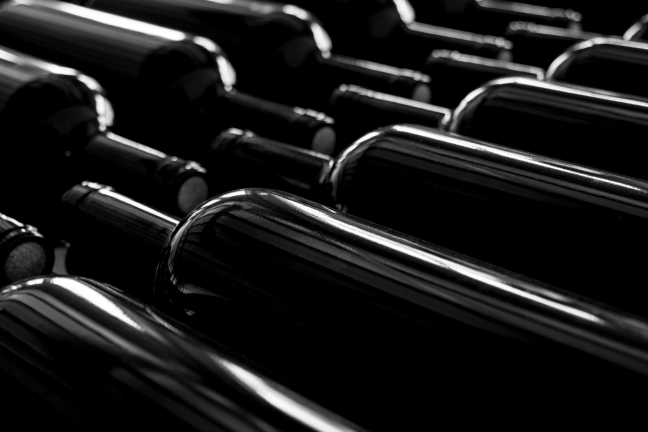
This might be no bad thing, of course. As David Roberts, a master of wine and the buying director at wine merchant Goedhuis, said: “We don’t need to wait 15–20 years to drink these wines. The ’22 vintage offers the opportunity to change our mindset and drink red Burgundy young, as well as ageing it long term.” With the exception of the very top wines, he added, the trend in Burgundy, these days, is to enjoy the wines young and fresh. “They are amazing, gorgeous wines, which the next generation of wine drinkers can enjoy, starting at £20 a bottle and upwards.”
This is certainly where the best value lies. Wines from Burgundy’s top producers will, as ever, be over-subscribed and, as a result, overpriced. In a good vintage, such as 2022, there is less quality differential between wines from the grand and premier cru vineyards and those that are classified as mere ‘village’ wines. The less glamorous appellations, such as Marsannay, Mercurey and Santenay, offer good reward for the intrepid buyer.
But, with the wines likely to be for early drinking (and relatively readily available), there doesn’t seem much point in tying up cash for 18 months by splashing out on them now – especially as any price drops are unlikely to be felt until the even higher-volume 2023 vintage emerges this time next year and some stability returns to what has been a rollercoaster market of late. With this in mind, our advice is to sit tight and enjoy some of the red Burgundies from older vintages that are already on the market – and, in many cases, are no more expensive, despite being bottled, shipped and ready to drink. Below are two fantastic examples to try.
Domaine Borgeot, Santenay Rouge Vieilles Vignes 2021
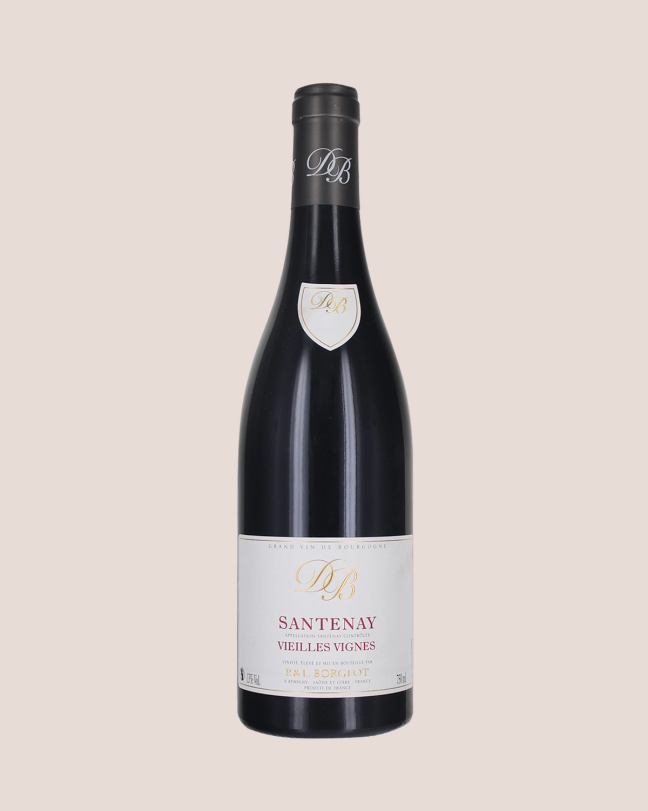
Santenay is an appellation that punches above its weight, and this is a suitably impressive example from a vintage we were told would be hard to find. Bursting with deep, ripe fruit balanced by a crunchy, smokey savouriness.
Domaine Thierry Mortet, Gevrey Chambertin 2018
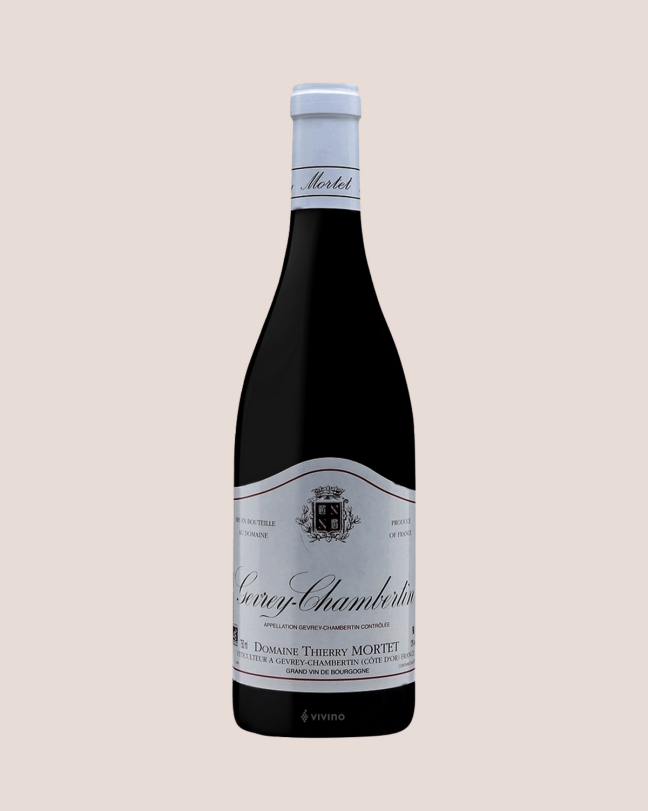
Why buy a wine that you won’t get your hands on for another 18 months, when there are beautifully evolved ones, such as this, readily available? From a top producer, five years of ageing makes for a magical marriage of lush, warming fruit and still, taut structure.
Want more drinks content? From the Gymkhana team comes 42, an all-senses-required take on a cocktail bar…

Become a Gentleman’s Journal Member?
Like the Gentleman’s Journal? Why not join the Clubhouse, a special kind of private club where members receive offers and experiences from hand-picked, premium brands. You will also receive invites to exclusive events, the quarterly print magazine delivered directly to your door and your own membership card.

